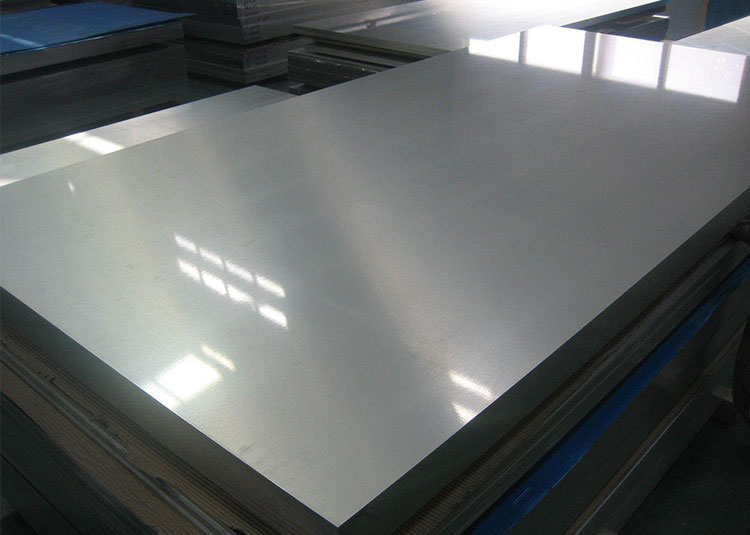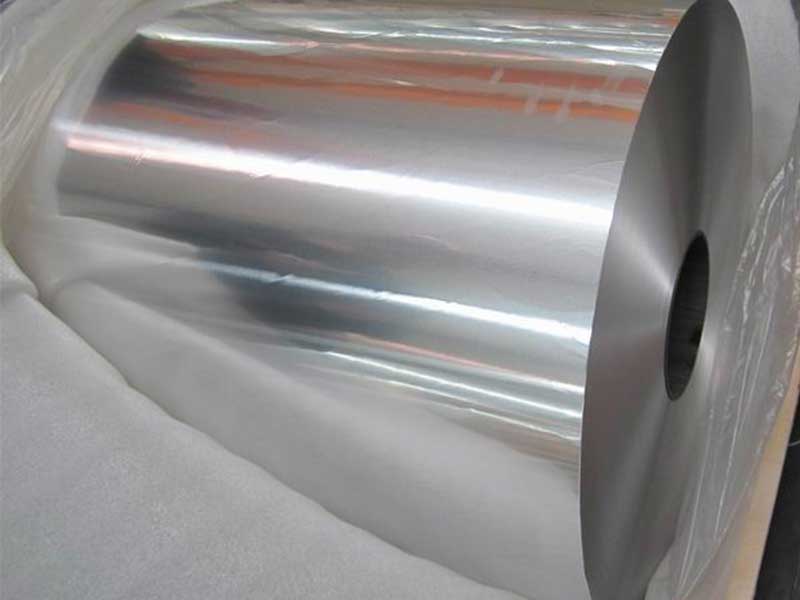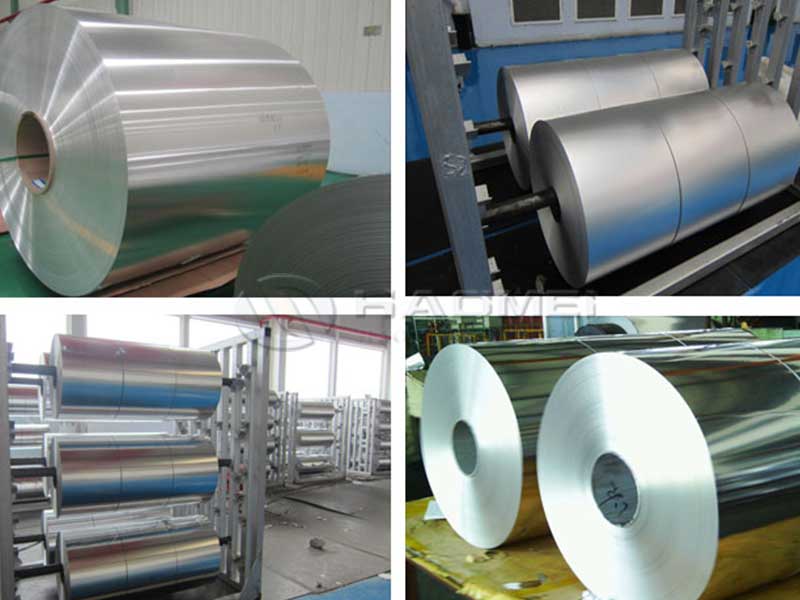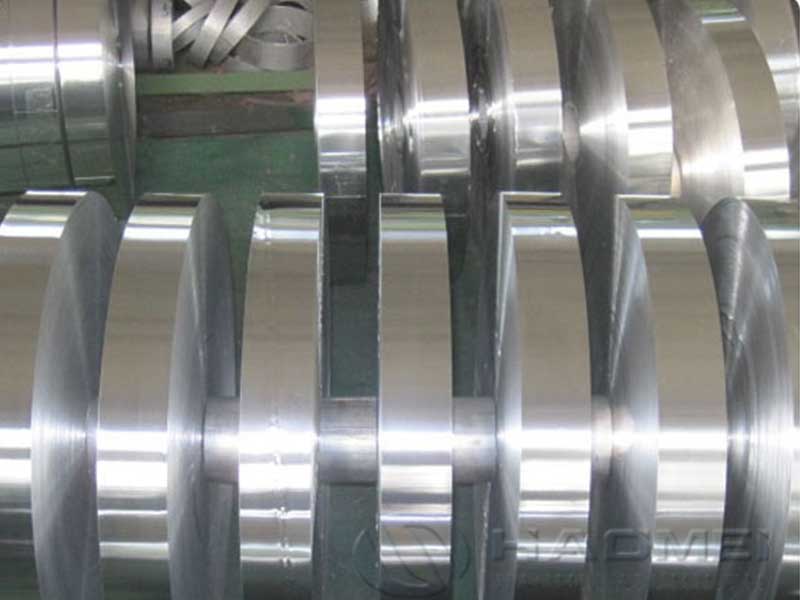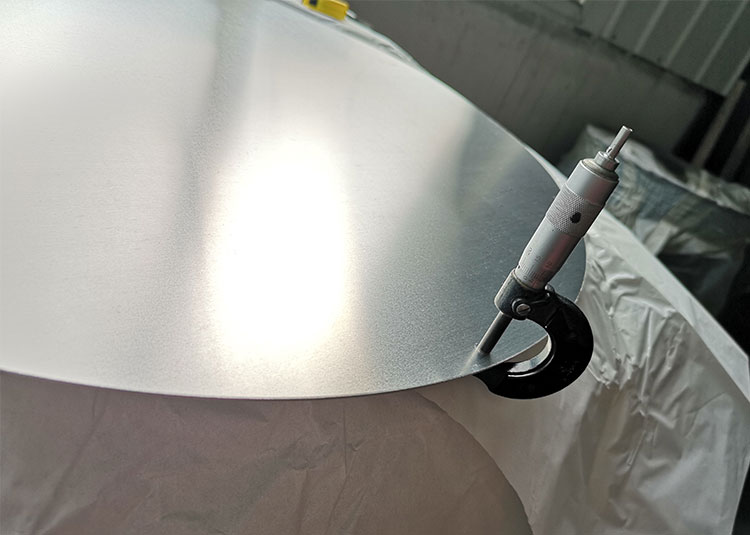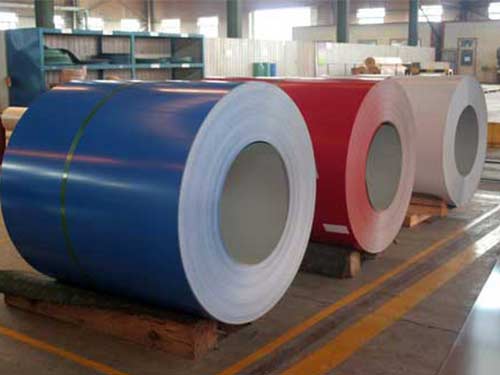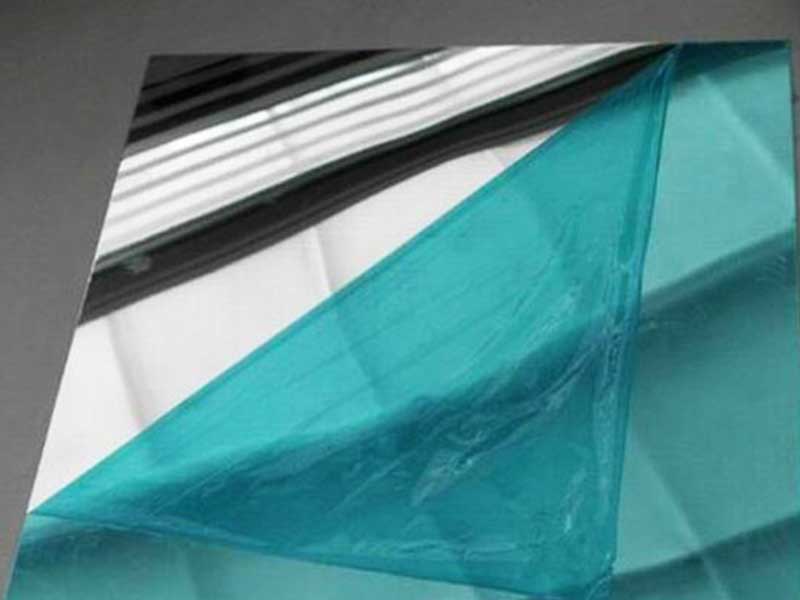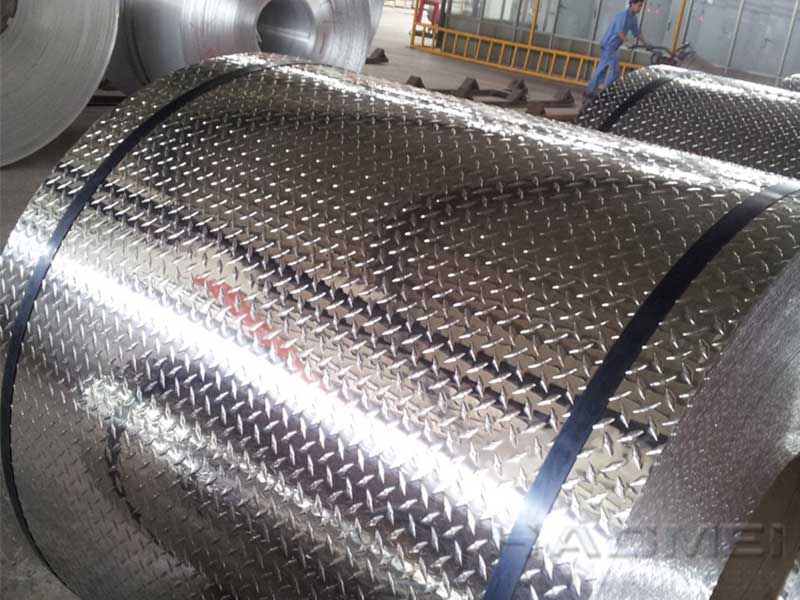Aluminum to stainless steel transition fittings include a three-layer structure formed by hot rolling, the bottom layer is a stainless steel layer, the middle layer is an aluminum alloy layer, and the surface layer is a pure aluminum layer; the aluminum alloy contains Cu, Mg, and Mn elements. The surface of the raw material plate is cleaned; then the stainless steel plate and the aluminum alloy plate are laminated, hot-rolled and heat treated to form a primary hot-rolled plate; the pure aluminum plate is laminated on the aluminum alloy layer of the primary hot-rolled plate, hot-rolled and heat-treated. This stainless steel/aluminum composite material has a good bonding force, and will not deform, wrinkle, or delamination in the subsequent stamping and other processes.
Aluminum to stainless steel transition fittings can also be realized by explosive compounding. The cladding aluminum and titanium are placed on the steel plate through a metal support, the explosive is arranged on the surface of the cladding aluminum, and the aluminum/titanium/steel composite material is obtained through the first explosive welding ; Place the cladding aluminum on the composite material through a metal support, and obtain a large-thickness aluminum cladding aluminum/titanium/steel three-layer composite material through the second explosive welding; the substrate is made of carbon steel or low alloy The thickness of steel and titanium cladding is in the range of 1mm to 2mm, and the thickness of aluminum cladding can reach 25mm. The effects and benefits of the invention are: the composite interface has high bonding strength, no melting, delamination and non-combination phenomena at the interface, and three-layer explosive welding at one time avoids the problem that the explosive welding process parameters are difficult to control due to the thin titanium composite layer.
The use of aluminum alloy superstructures for ships is a development trend for lightweight manufacturing of ship structures. The reliability of the aluminum/steel composite structure connecting the aluminum alloy superstructure and the steel hull mainly depends on aluminum to stainless steel transition fittings. However, due to the difference in physical properties and metallurgical incompatibility between dissimilar metals, the aluminum/steel composite structure currently in use is prone to major safety hazards of cracking of the transition joint during the welding manufacturing and service process, which seriously affects the safety of the ship composite structure Service performance. Simply relying on increasing the width of the composite transition joint and adjusting the welding process parameters has not solved the problem of aluminum/steel composite structure cracking, which restricts the wide application of composite structures. The aluminum to stainless steel transition fittings obtained by explosive compounding by Aluminum have the characteristics of tensile/shear strength. It proposes the tensile-shear dual load-bearing mode of the marine aluminum/steel composite connection structure, that is, the load-bearing mode of the aluminum-steel transition joint is changed from the traditional The forward tensile load-bearing mode is changed to a combined tensile and shear mode, and the inclination angle of the composite transition joint is determined by the tensile strength and shear strength at the composite interface. Numerical simulation studies have shown that the tensile-shear dual load-bearing mode can increase the tensile load capacity of the aluminum/steel composite structure by 27%; and the experimental verification shows that this mode increases the tensile stress of the aluminum/steel composite structure from 256 MPa to 306 MPa, the bearing capacity has increased by more than 20%.
The application of aluminum to stainless steel transition fittings in the refrigeration system of fishing vessels adopts the mature steel-titanium-aluminum composite panels on the market, and according to the specifications of the refrigeration system pipes, the steel-titanium-aluminum composite panels are processed into special composite joints . The steel-titanium-aluminum composite joint is used to connect the aluminum evaporator and the steel pipe, the steel pipe is welded to the steel end of the composite joint, and the aluminum evaporator is welded to the aluminum end. The pipe connection method of the refrigeration system is welded instead of the traditional flange connection, which ensures that the joint position does not leak, effectively prevents the leakage of refrigerant at the pipe joint position of the refrigeration system of the fishing boat, and ensures the stability of the entire refrigeration system, thereby ensuring The quality of fishery products. It is not only suitable for refrigeration systems for fishing vessels, but also for refrigeration systems on land.
